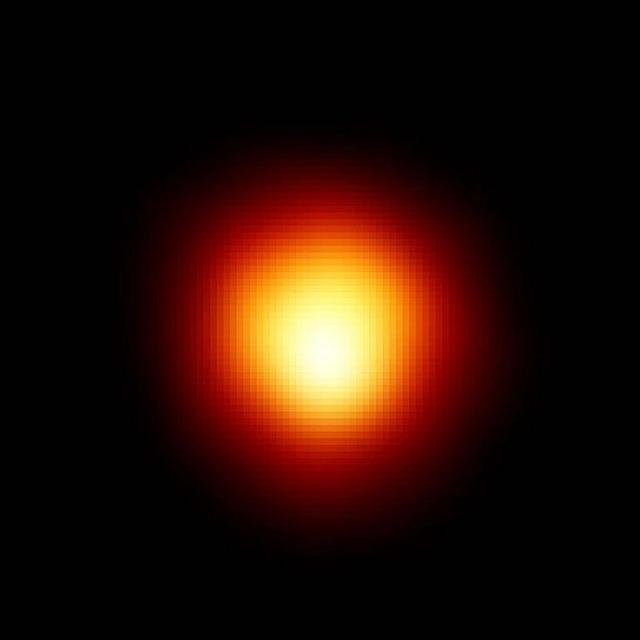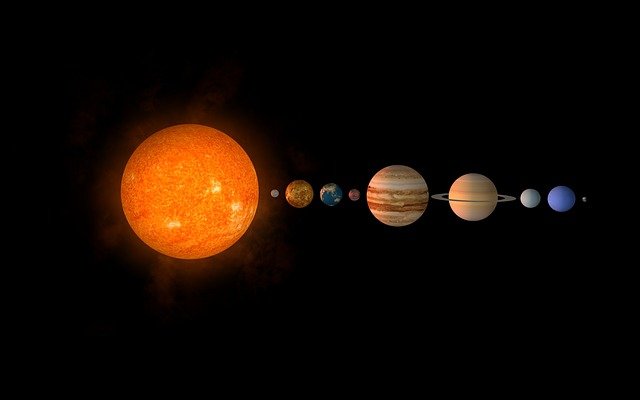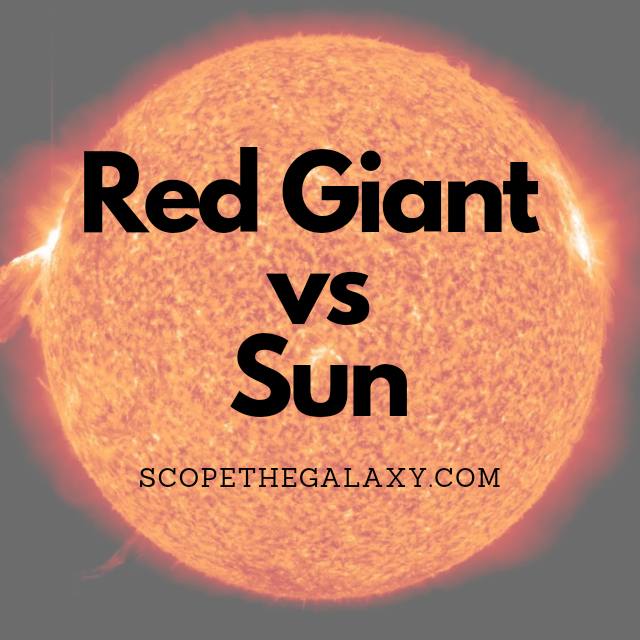*This post may contain affiliate links. This means we may make a commission if you purchase an item using one of our links*
Red giants and our Sun are both in different phases of being a star, with the yellow dwarf Sun in its main sequence phase active and red giants nearer to their final phase.
Red giants are 100 – 1000 times bigger than our sun and more luminous whilst the Sun is hotter and has a lifespan around 5 times that of even the longest living red giant. Red giants can also produce a variety of different stellar remnants whilst the Sun will simply produce a white dwarf once it has reached the end of its lifespan.
For a more thorough breakdown of both celestial entities, along with the similarities and the differences, continue reading.
What Is A Red Giant?
Table of Contents

A red giant is a star reaching the end of its life and entering the last stages of its evolution. The majority of stars in our Universe are known as main-sequence stars – or those which utilize nuclear fusion to convert hydrogen to helium.
During its ordinary life, the inward pressure of gravity is balanced by the outward pressure of nuclear fusion, which holds the mass together. But, when fusion ceases, the force of gravity exceeds the pressure of fusion, and the star begins to compress.
As this happens, it increases the temperature inside the star and ignites a burning hydrogen shell. The helium core continues to shrink while its temperature increases – and this gives energy to the hydrogen shell, which increases in luminosity as it continues to expand.
A red giant will grow 100 to 1000 times wider than the size of our sun, giving it a total width of somewhere between 100 million to 1 billion kilometers. And it’s this vast surface area that keeps the temperature relatively cool – 2,200 to 3,200 degrees Celsius.
Our sun will turn into a red giant in around five billion years. At this point, the sun will engulf the inner planets as it expands.
What Is The Sun?

The Sun is the bright, celestial entity at the centre of our solar system and is also a star that falls under the G type main sequence star bracket (also called a yellow dwarfs), all of which are medium sized stars that tend to be around 0.84 – 1.15 solar masses.
Our Sun is 1 solar mass, making it a medium sized medium star. It’s also on the brighter side for a yellow dwarf, the color that it emits is white in color as opposed to the slightly yellow color that less luminous yellow dwarfs would showcase.
Of course we still see the Sun as yellow or even red on Earth but, the reason for this significant color shift is because our atmosphere scatters and breaks up the photons that reach us, ultimately changing the true color of the light rays from white to the yellow, orange or red colors we see in our day to day.
As it is a star, the Sun will actively convert the hydrogen elements at its core into helium, through a process called nuclear fusion.
Nuclear fusion is the reason why it generates light and produces the energy that allows us to power machinery, technology, grow crops, so on and so forth.
The process of nuclear fusion also affects how hot our star burns, hitting temperatures of 6000°C on a day to day basis. This will be the case for another 4.5 – 5 billion years until it’s unable to convert hydrogen into helium.
Once hydrogen cannot be converted, an imbalance between the inward and outward forces keeping the Sun together will occur, resulting in our Sun bloating up many many times its current size.
When this happens it will enter its red giant phase, where it’ll be around 256 times larger than it is now.
This phase will last for around a billion years until it sheds it mass through a process called planetary nebula, leaving behind only a dead white dwarf remnant.
Is The Sun Brighter Than A Red Giant?
From Earth, as the Sun is the closest star too us, it’ll appear as the brightest star in our night sky however, when compared to your average red giant, our Sun on a technical level will not be the brighter of the two.
This is because when a star is larger, it covers a lot more space around it and the more surface area covers, the brighter and more luminous the object in question will, especially if it’s a star.
Your average red giant would fall between 200 – 300 times the size of our Sun therefore, they’ll be significantly bigger than our Sun and in turn many times brighter. In fact they’re said to be 2000+ times the luminosity of the Sun.
Even taking into account the fact that Betelgeuse (a red giant 700 light years away from us) is seen as the 10th brightest entity in the night sky despite being so far from us says a lot already.
Similarities Between A Red Giant And The Sun
The main similarities between the Sun and red giants is that both are able to create their own light through nuclear fusion, both are still active stars and the Sun will eventually become a red giant once it’s unable to covert hydrogen to helium at its core .
Both are bright entities and both will produce stellar remnants once they’ve run out of juice, but I’ll get into the specifics for what stellar remnants will remain below.
Differences Between A Red Giant And The Sun
Although the red giant phase is something that all yellow dwarfs like the sun will experience, there is still a few major differences between the two:
- The Sun is hotter than any give red giant where it’s around 6000°C whilst red giants are only between 2,200 – 3,300°C.
- As a result of the temperature ,the Sun comes across as white in color, whilst a red giant will produce a redder hue to their shine.
- Red giants can be anywhere from 100 – 1000 times the diameter of the Sun.
- Red giants are unable to convert hydrogen to helium in the core therefore, they start thermonuclear fusion of hydrogen in the shell surrounding the core.
- Red giants, depending on their size can become either a white dwarf, neutron star or a black hole whilst the Sun can only become a white dwarf.
- Red giants can experience a supernova explosions, especially those that started off as stars 8+ solar masses in size whilst the Sun will not experience a supernova.
- Red giants tend to burn for between 100 million – 2 billion years before they extinguish whilst our Sun will burn for 9 – 10 billion years actively before entering its red giant phase for roughly 1 billion more years.
Summary
In the end of the day our Sun is almost guaranteed to become a red giant, it’s projected to bloat up to around 256 times its current size and die through a planetary nebula, producing a white dwarf but, for now and possibly the next 5 billion years, this will not be happening .
For now the Sun is essentially in its longest main sequence star phase just before reaching the red giant phase and prep itself for when it’s in the process of dying.

